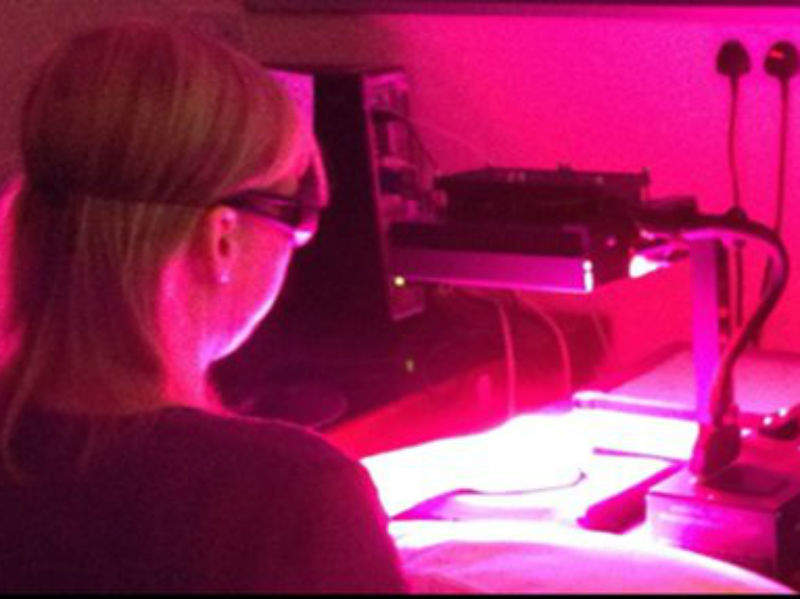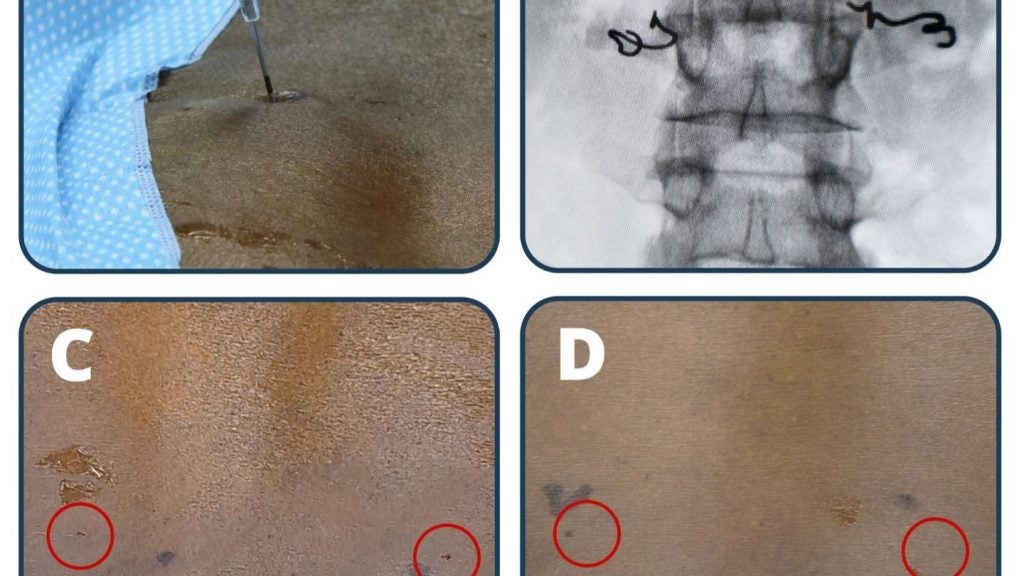
Researchers at the University of Manchester and Salford Royal NHS Trust have developed a lamp for the treatment of chronic ulcers.
The Arthritis Research UK-funded trial was led by Dr Michael Hughes who tested the therapy, which combines infrared, red and ultraviolet light, on finger ulcers caused by systemic sclerosis, a condition which causes the immune system attacks the body’s fingers and toes.
The study has been published in the Journal of Dermatological Treatment and describes how the patients were treated using the lamp for 15-minute sessions, twice a week for three weeks.
After treatment, there was an average of 83% improvement in the ulcers and no side-effects.
The new therapy can be administered at home with SIM card technology to remotely monitor patient progress. The lamp has 32 different bulbs that emit infrared, red or ultraviolet light. Eight patients with 14 ulcers between them had the treatment.
Hughes said the results of the trial were so significant and the device could be a potential treatment for other ulcers, including diabetic and venous ulcers.
How well do you really know your competitors?
Access the most comprehensive Company Profiles on the market, powered by GlobalData. Save hours of research. Gain competitive edge.

Thank you!
Your download email will arrive shortly
Not ready to buy yet? Download a free sample
We are confident about the unique quality of our Company Profiles. However, we want you to make the most beneficial decision for your business, so we offer a free sample that you can download by submitting the below form
By GlobalData“We believe this technology is a game changer; the implications are huge,” Hughes said.
“Ulcers cause much distress to patients—and current treatments are costly to the NHS and problematic for patients who can only receive them in hospital.
“But this technology is cheap and practical – it’s really a no-brainer as it can be administered at home.
“There are future possibilities as well: we think this device could be easily adapted to monitor ulcers remotely using cameras. They could also be programmed to recognise different parts of the body so that the treatment is given accurately.
“In the next six to 12 months we shall be refining the machine and within 12 months we hope to trial it on diabetic ulcers.”




